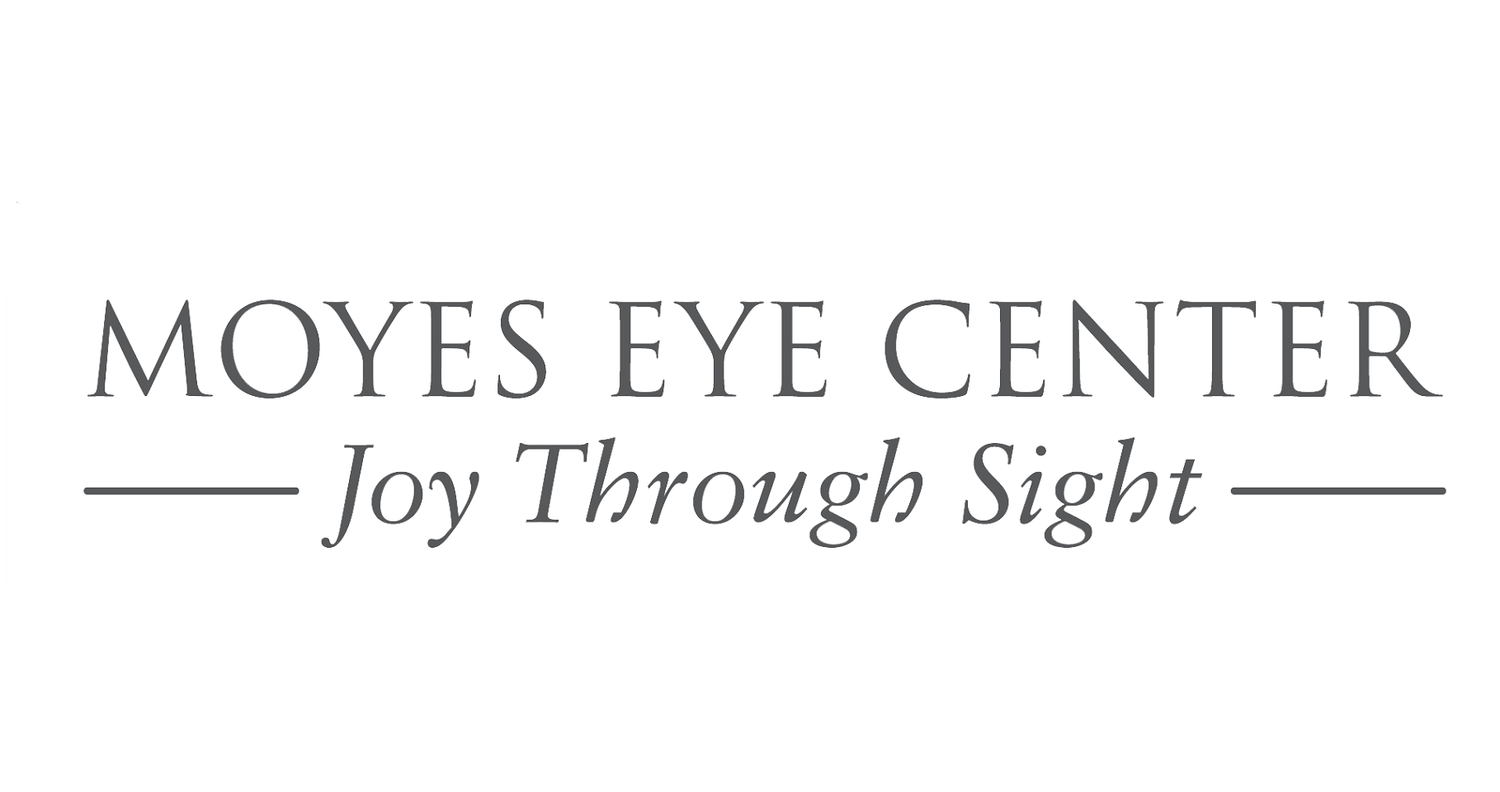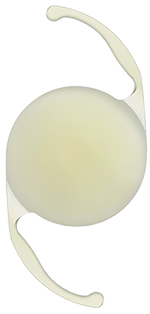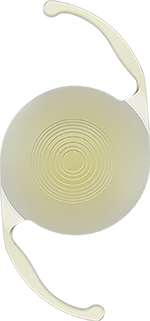What are Cataracts?
A cataract is a clouding of the eye’s natural lens. Our natural lens helps focus light entering the eye, and when clouded you will notice blurred vision, difficulty driving at night and an overall need for more light when trying to read materials. Cataracts are a normal aging change that develops throughout our lives and usually become visually significant in our 50’s, 60’s and 70’s, although people of any age can develop visually significant cataracts.
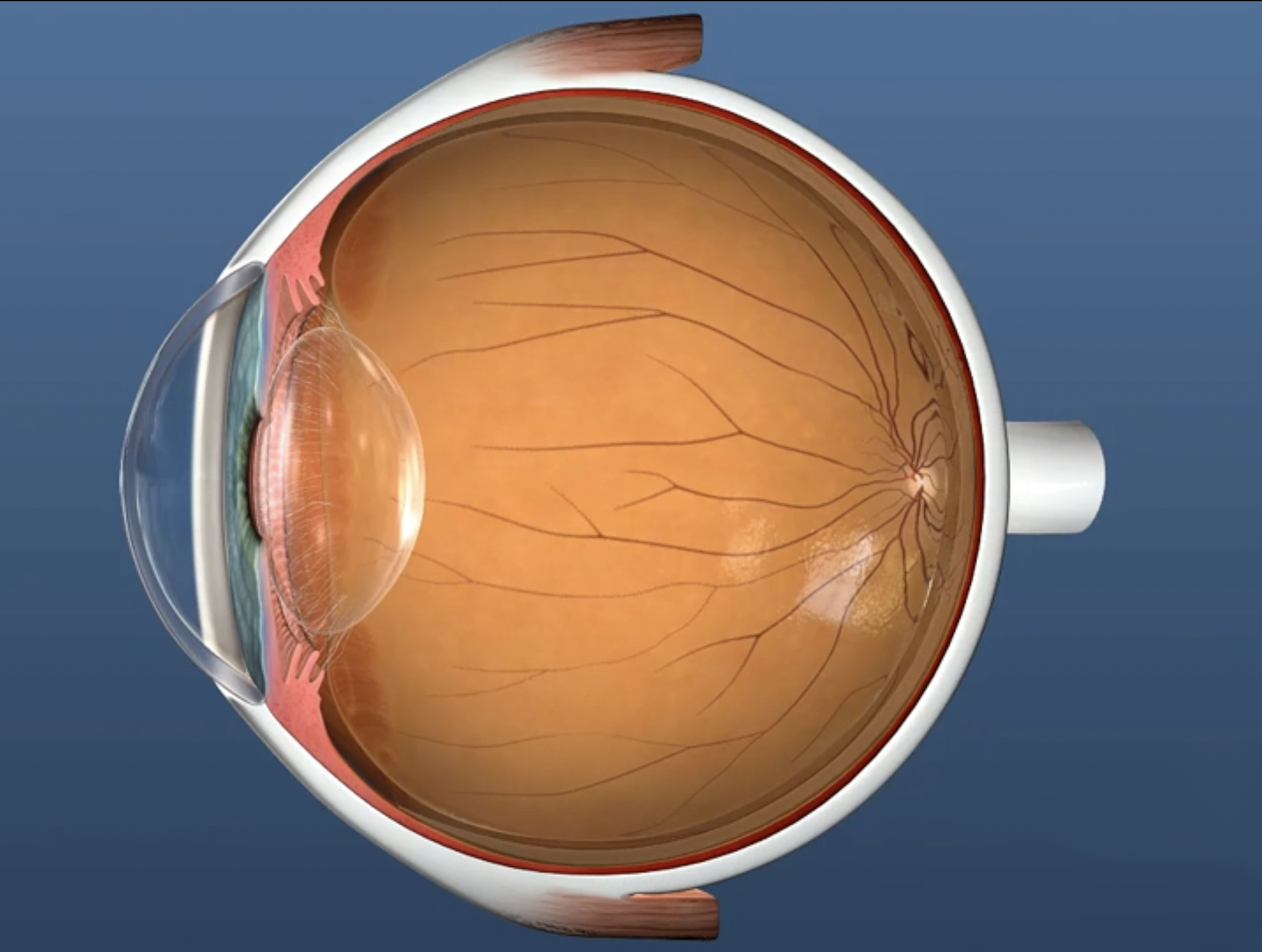
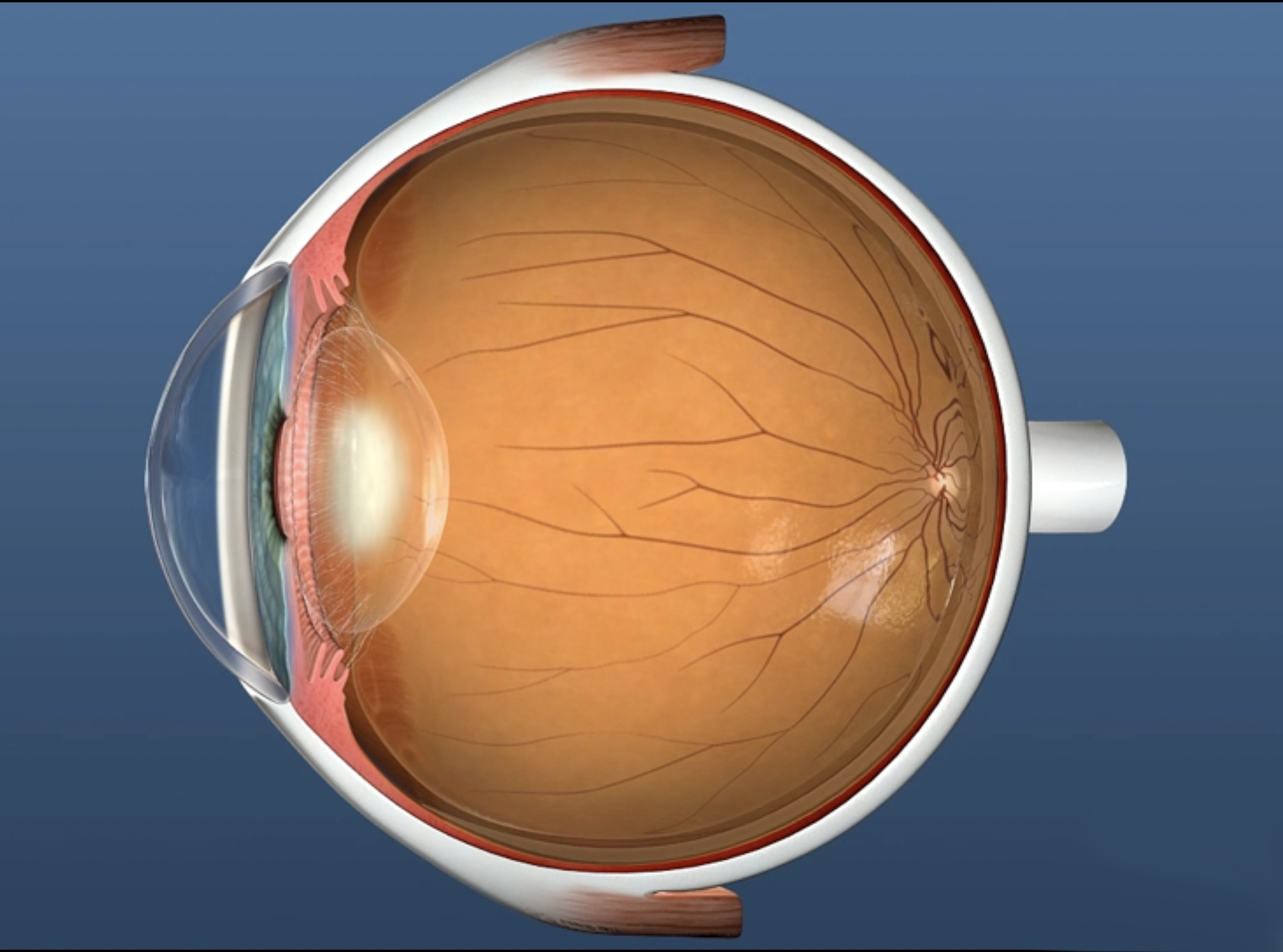

What causes cataracts?
Aging is the most common cause of cataract formation. Some people can be born with cataracts and certain medications can induce cataract formation at an early age.
What are the symptoms?
The most common symptoms of a cataract are:
- Consistently cloudy or blurred vision.
- Increased glare. Headlights, lamps, or sunlight may appear too bright. A halo may appear around lights especially at nighttime.
- Poor night vision.
- Double vision or multiple images in one eye.
- Colors seem faded.
- Frequent prescription changes in your eyeglasses or contact lenses.
- These symptoms also can be a sign of other eye problems. If you have any of these symptoms, check with your eye care professional.
Are there factors that make you more at risk?
The risk of cataract increases as you get older. Other risk factors for cataract include:
- Certain diseases (for example, diabetes).
- Certain medications (steroids).
- Personal behavior (smoking, alcohol use).
- The environment (prolonged exposure to ultraviolet sunlight).
Cataract Surgery
Cataract surgery is among the most common procedures performed in medicine. Modern cataract surgery is an outpatient procedure. It is usually performed while you are awake and takes approximately fifteen minutes.
During the cataract surgery, the cloudy lens is removed and replaced with an intraocular lens implant (IOL). The small incision created to remove the cataract self seals, usually without the need of any stitches. You will use eyedrops during the first month and your doctor will monitor your progress at the postoperative visits.
Most patients vision will stabilize in 4-6 weeks after cataract surgery, although some patients can take longer to completely settle. How the intraocular lens implant heals and positions itself within your eye will determine your visual result. There is no way to guarantee the exact final visual result after cataract surgery, although there are options available to bundle additional technology that can increase the likelihood of achieving your desired goal.
Understand if you have additional ocular conditions such as macular degeneration, glaucoma, diabetic retinopathy, corneal eye disease, etc. the ability of the eye to see 20/20 may be unachievable.
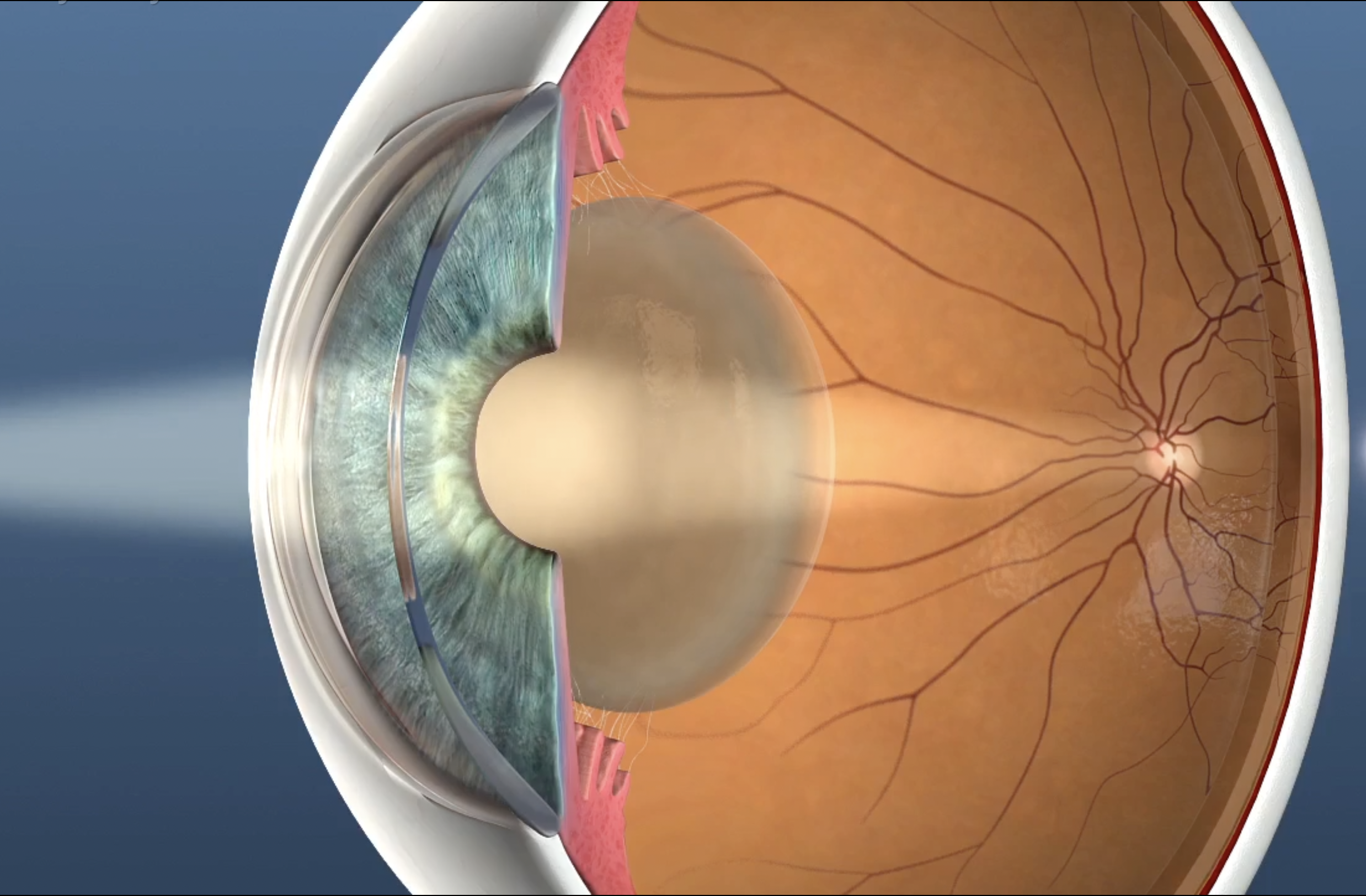

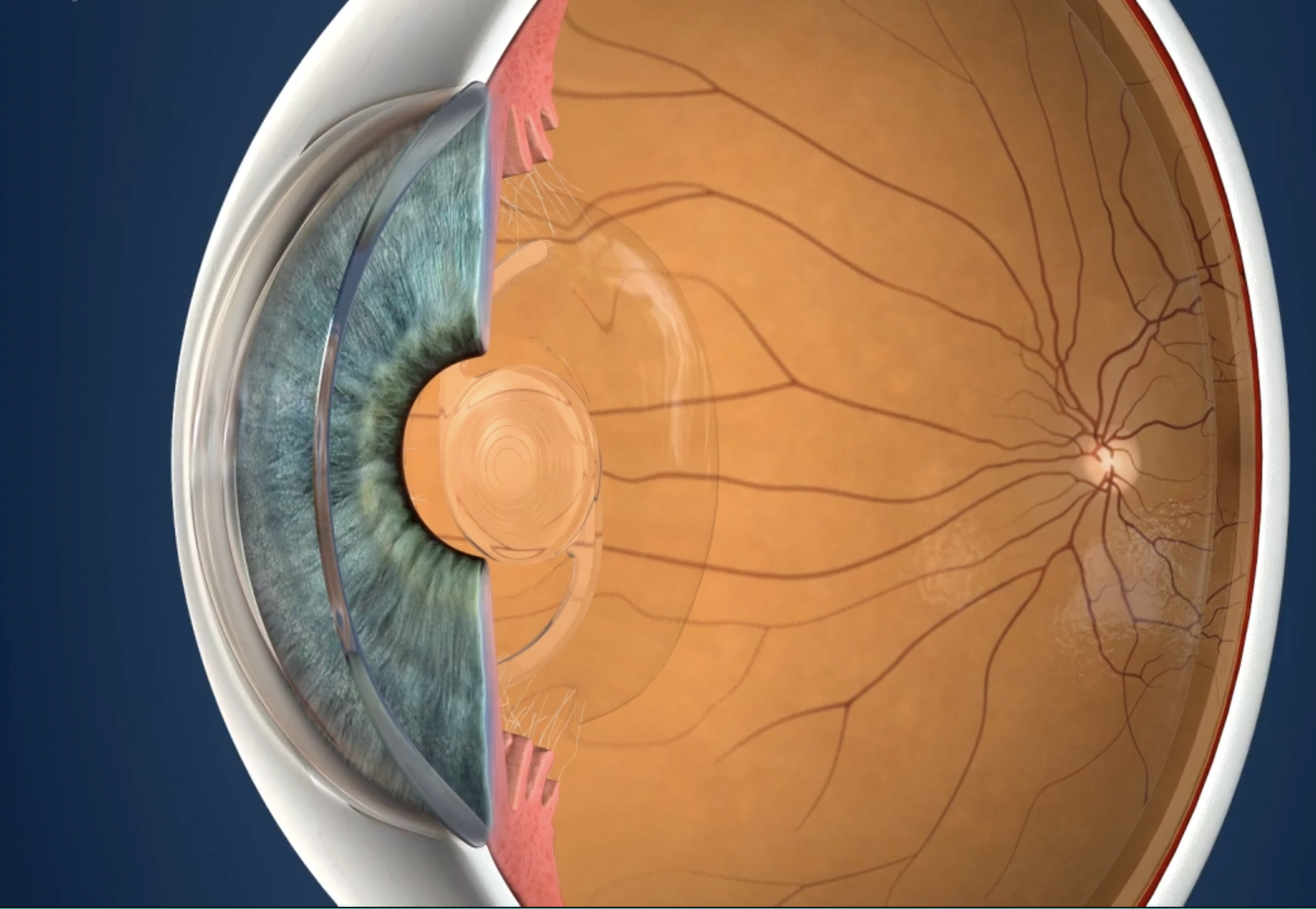
OUR CATARACT SURGEONS
Andrew Moyes, MD
Michelle Boyce, MD Lindsey McDaniel, MD Yong Kam, MD
Abraham J. Park, MD
HELPFUL VIDEOS
RESOURCES
Cataract Surgery Options
Cataract surgery continues to evolve with new technology. There are choices to consider in how your surgery is performed and what technology is used to give you the visual outcomes you desire.
Our goal at Moyes Eye Center is to provide a premium experience to all of our patients undergoing cataract surgery regardless of what options you choose.
Some questions you need to think about before you surgical consultation:
How important is it to be in less need of glasses or contacts after surgery?
Do you prefer to see distance and use glasses for intermediate and near?
Do you prefer to see near and use glasses for distance?
Are you interested in trying to minimize glasses or contact lenses as much as possible?
Please familiarize yourself with the different options that are available for your cataract surgery and your doctor will review these with you at your cataract evaluation. Your doctor may discover other health issues regarding your eyes during your cataract evaluation. Conditions like macular degeneration, diabetic retinopathy, fuch’s dystrophy, etc may make you a poor candidate for additional technology or certain lens implant options.
If you still need to schedule a cataract evaluation you can request an appointment here.
#1: Standard Cataract Surgery
The standard procedure has provided great surgical results over the years.
Astigmatism will not be reduced or corrected during the procedure.
A Single Focus Lens Implant (IOL) will be used. Your vision can be targeted for distance or near, but can not guarantee final result due to normal IOL healing.
Glasses or contact lenses may be needed to correct vision for distance, intermediate and near vision.
No additional or upgrade fees exist with this package. Normal cataract fees will be charged to patient or insurance. We recommend reviewing copays and deductibles related to your insurance before having the procedure.
#2: Astigmatism Reduction Package
Standard cataract surgery will be performed. Your doctor will use additional technology to reduce astigmatism.
A Single Focus Lens Implant (IOL) will be used. Your vision can be targeted for distance or near, but the final result can not be guaranteed due to normal IOL healing.
Glasses or contact lenses may be needed to correct for distance, intermediate and near vision.
If necessary additional LASIK or PRK laser vision correction may be done to fine tune your vision for distance, near, or monovision after the eyes have healed for at least 2 months from the cataract procedure. There is an additional fee for LASIK or PRK laser vision correction.
Additional or upgrade fees DO exist with this package. The surgery counselor will go over the upgrade fee as it is NOT covered by medical or vision insurance. Normal cataract fees will be charged to patient or insurance. We recommend reviewing copays and deductibles related to your insurance before having the procedure.
#3: Multifocal Vision Correction Package
Standard cataract surgery will be performed. Your doctor may use additional technology to reduce astigmatism.
Your doctor may use either the LenSx laser or an Astigmatism Lens Implant to reduce astigmatism.
A multifocal lens implant (IOL) or Multifocal Astigmatism Lens Implant will be used. Multifocal lenses provide vision for distance AND near, reducing the need for glasses.
If necessary additional LASIK or PRK laser vision correction may be done to fine tune your vision for distance, near, or monovision after the eyes have healed for at least 2 months from the cataract procedure. The LASIK or PRK laser vision correction is included.
Minimal glasses may be needed to tune vision for certain tasks.
Additional or upgrade fees DO exist with this package. The surgery counselor will go over the upgrade fee as it is NOT covered by medical or vision insurance. Normal cataract fees will be charged to patient or insurance. We recommend reviewing copays and deductibles related to your insurance before having the procedure.
Is there an additional cost for cataract packages?
Yes. Most medical health insurances cover standard cataract surgery other than copays and deductibles, and we recommend researching your insurance so you understand your coverage.
There are additional fees for packages #2 and #3 as these packages have additional technology included for vision correction purposes. Medical health insurance DOES NOT cover the upgrade costs for packages #2 or #3.
Which package is right for me?
Cataract surgery involves removing your cloudy lens and replacing it with an artificial intraocular lens (IOL).
Surgical options exist to improve your vision either with or without glasses. An important question to ask yourself is, “How dependent on glasses do I want to be after surgery?” While the final IOL healing position cannot be guaranteed, your doctor will select a lens that will help you achieve your vision goals.
Our goal at Moyes Eye Center is to provide an excellent cataract surgery experience regardless of which surgical option you choose.
Lens Implant Technology
Monofocal Lens Implant
A monofocal lens implant is a lens that focuses at one distance. This implant has been used for years in cataract surgery and serves as the standard lens implant used in cataract surgery. A monofocal lens implant can be aimed for distance or near vision, but can not give both distance and near simultaneously. Glasses or contact lenses are usually still needed to tune your vision with a monofocal lens implant. Insurance covers the cost of this implant and there is no additional cost to the patient.
Astigmatism Correcting Implant
An astigmatism implant (also called Toric Implant) is a monofocal lens implant with built in astigmatism correction. This option is a great option for patients who have astigmatism and are interested in reducing the amount of astigmatism they have to improve vision both with or without glasses. A monofocal astigmatism lens implant can be aimed for distance or near vision, but can not give both distance and near simultaneously.
As this is an implant designed for additional vision correction, insurance does NOT cover this implant and there is an additional fee or upgrade cost. Patients will cover the upgraded cost of this implant.
Restor Multifocal Implant
A multifocal implant is designed to focus at distance and near. This option is a great option for patients who want to minimize glasses as much as possible.
As this is an implant designed for additional vision correction, insurance does NOT cover this implant and there is an additional fee or upgrade cost. Patients will cover the upgraded cost of this implant.
Panoptix Multifocal Implant
The Panoptix Multifocal implant is the newest multifocal lens to be released. This lens was designed to focus at distance, intermediate and near. This option is a great option for patients who want to minimize glasses after cataract surgery at all distances.
As this is an implant designed for additional vision correction, insurance does NOT cover this implant and there is an additional fee or upgrade cost. Patients will cover the upgraded cost of this implant.
Vivity Extended Depth of Focus Implant
The Vivity implant is an extended depth of focus (EDOF) lens implant. This lens was designed to focus at distance and intermediate. Reading glasses for near will still be necessary. This option is a great option for patients who want to reduce glasses after cataract surgery compared to a monofocal lens implant. This lens can also be an option for patients who are not a good candidate for a multifocal lens implant.
As this is an implant designed for additional vision correction, insurance does NOT cover this implant and there is an additional fee or upgrade cost. Patients will cover the upgraded cost of this implant.
